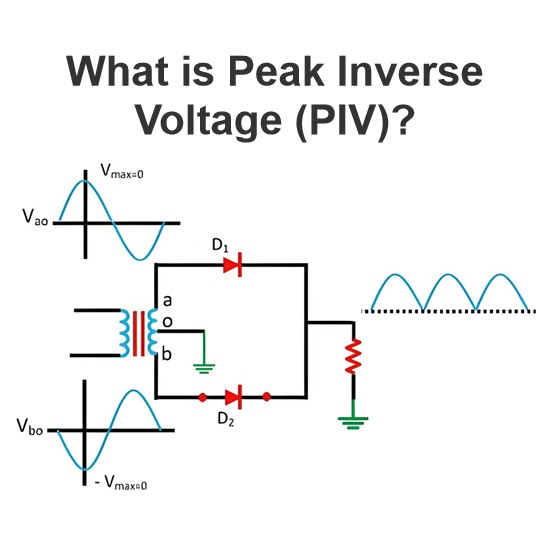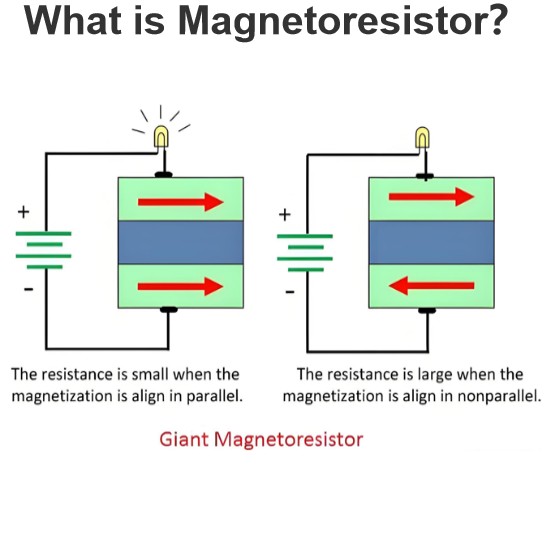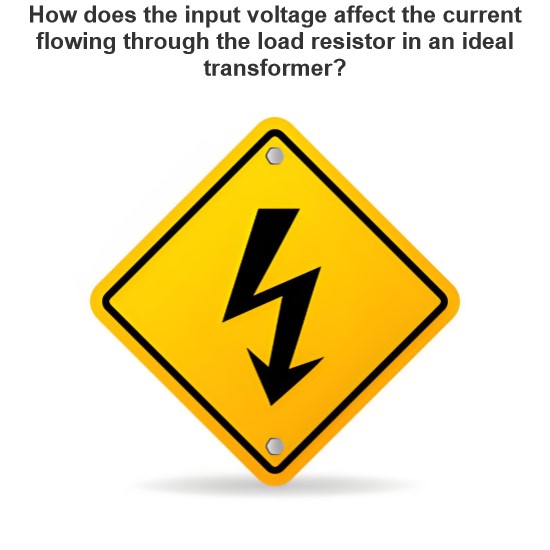What are the uses and characteristics of transformer oil?
Application and characteristics of transformer oil
Transformer oil is a mineral oil designed for transformers, and its main uses and characteristics are as follows:
Use
Insulation: transformer oil has a higher insulation strength than air, impregnated in the insulation material can improve its insulation performance, while preventing moisture erosion.
Heat dissipation: transformer oil has a large specific heat capacity and is often used as a coolant. It ensures the normal operation of the transformer by absorbing the heat generated during the operation of the transformer and conducting it to the radiator.
Arc suppression: On the on-load regulator switch of the oil circuit breaker and transformer, the transformer oil can help extinguish the arc, especially under the action of high temperature can produce a large amount of gas, and improve the arc suppression performance of the medium.
Other uses: Transformer oil is also used as a liquid seal in hydraulic safety valves.
Peculiarity
Insulation properties: Transformer oil is better insulated than air, helping to isolate electrical components and prevent arcing and electric shocks.
Cooling function: Transformer oil can effectively absorb and conduct heat, play a role in cooling and protecting the transformer.
Cleaning function: Transformer oil is used to flush the cooling parts to remove contaminants and impurities and keep the inside of the transformer clean.
Antioxidant stability: The antioxidant stability of oil is high, which can reduce the generation of impurities and extend the service life of oil.
Reduce the risk of breakdown: Transformer oil can reduce the risk of breakdown of insulating materials and improve the reliability and durability of the transformer.
Sum up
The use and characteristics of transformer oil make it an indispensable component in transformers and power equipment. Understanding these uses and characteristics is essential to ensure safe and efficient transformer operation.
The Electricity Encyclopedia is dedicated to accelerating the dissemination and application of electricity knowledge and adding impetus to the development and innovation of the electricity industry.













